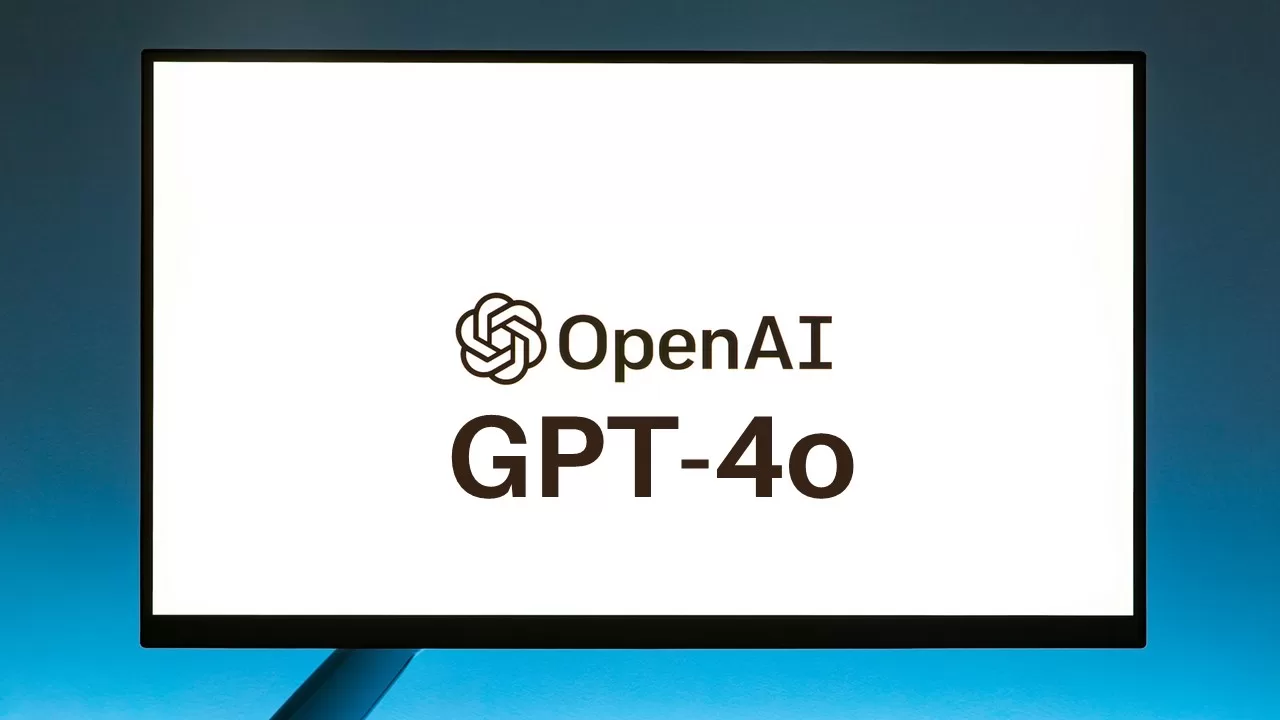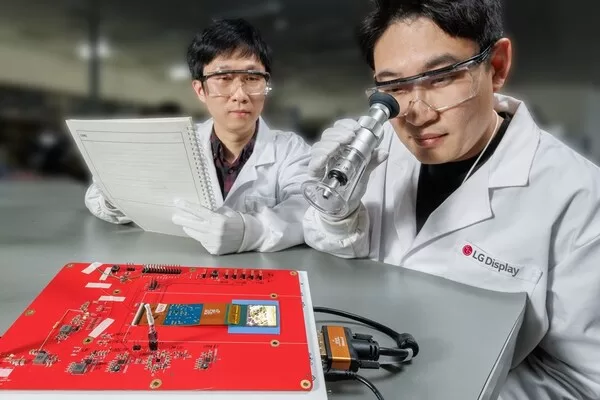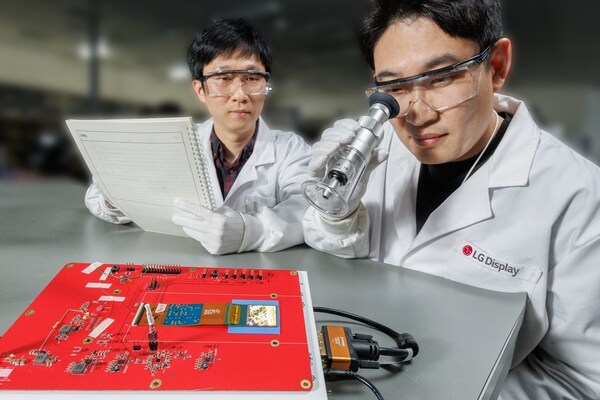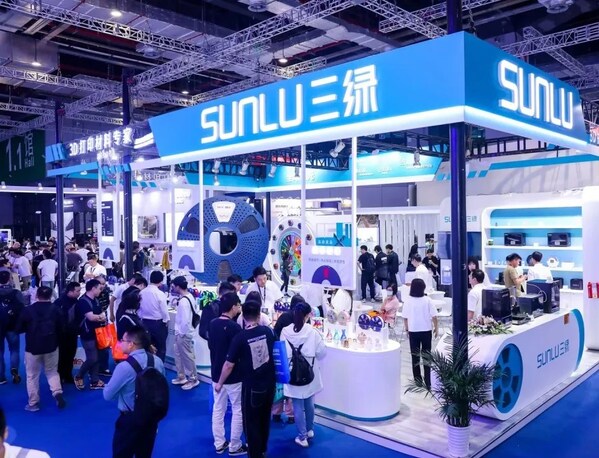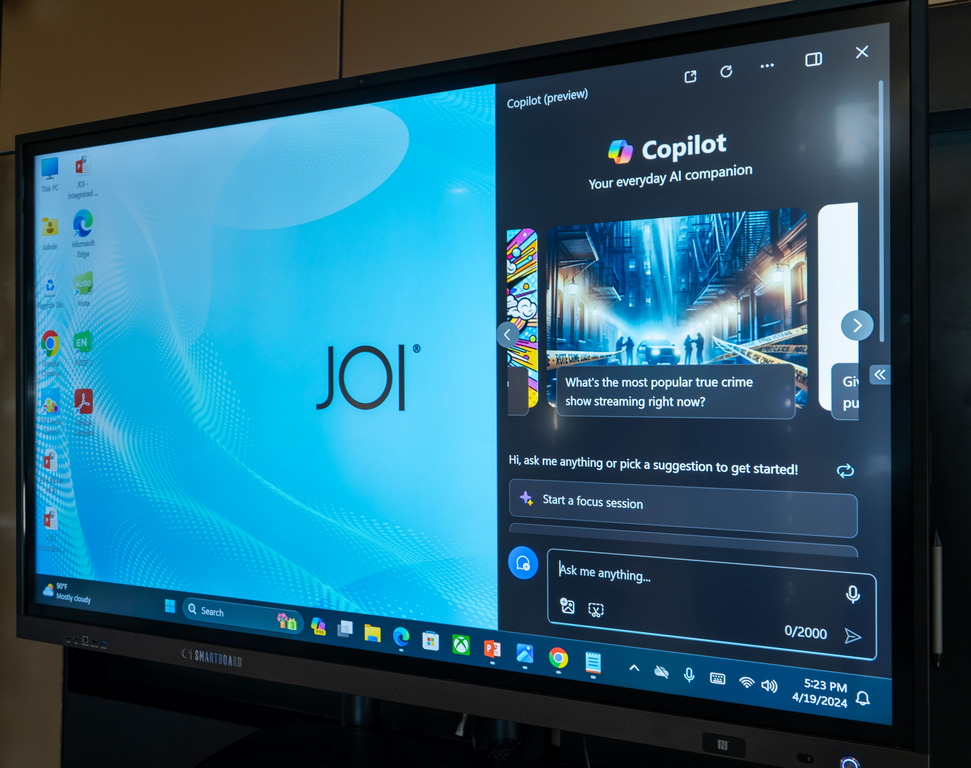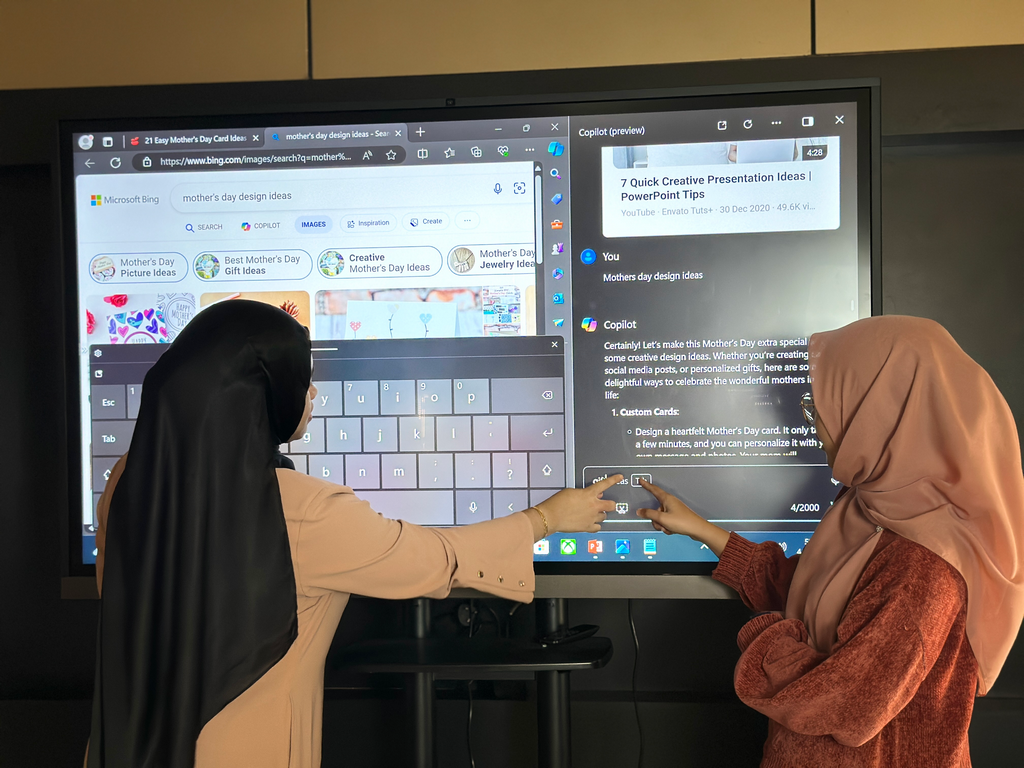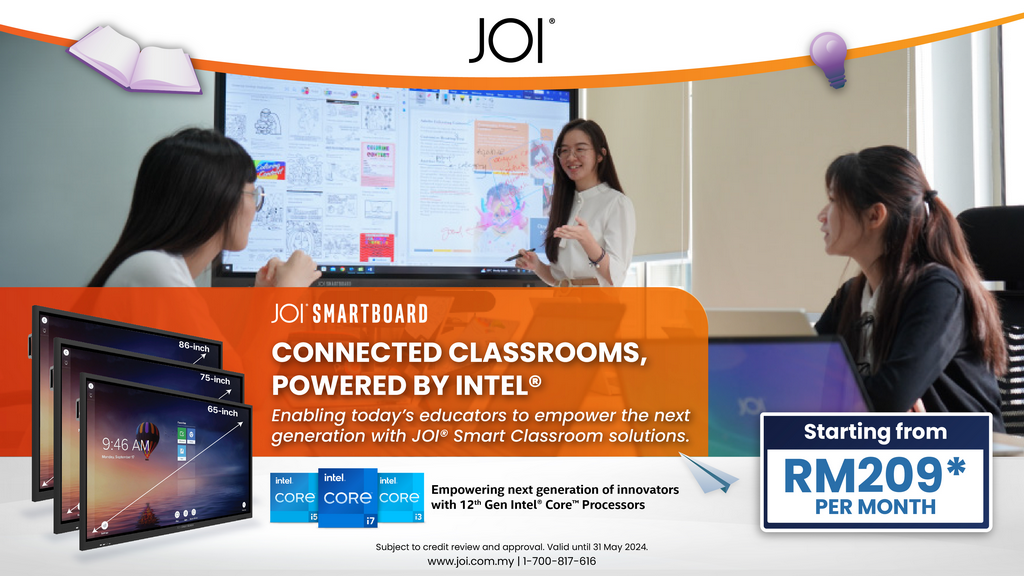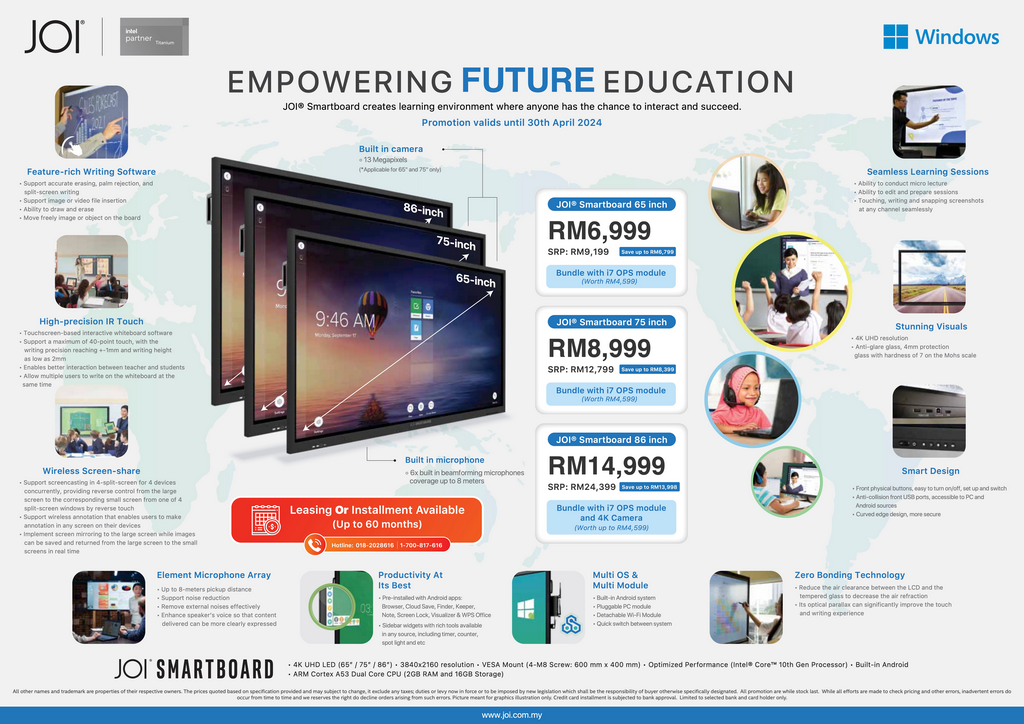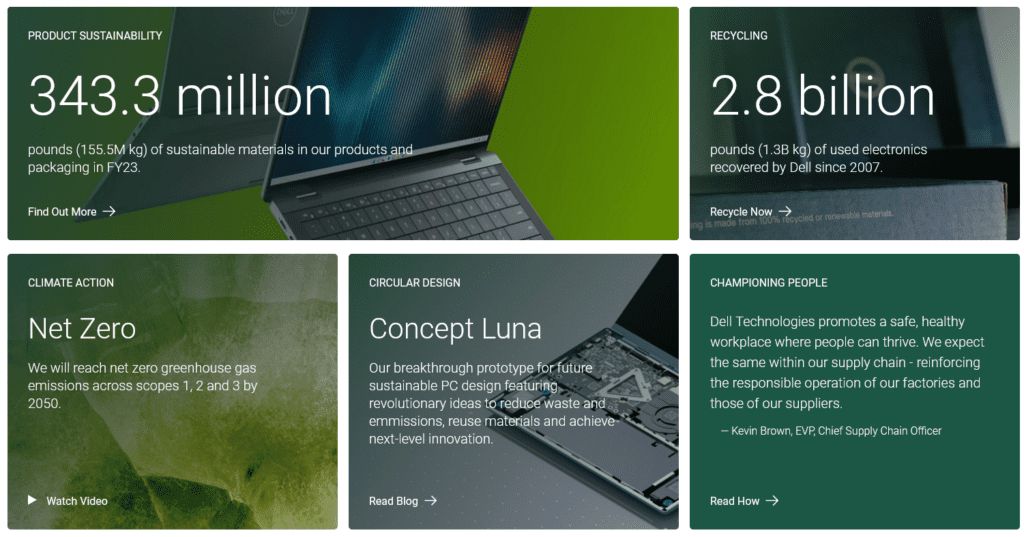A leap forward in home entertainment, combining a super-bright 4K laser cinema with the convenience of Google TV and licensed Netflix access
TUMWATER, Wash., May 14, 2024 /PRNewswire/ — Dangbei, an innovator in smart entertainment, today announces the launch of its flagship model, Dangbei Mars Pro 2, the world’s first Google TV 4K laser projector with a built-in, licensed Netflix app. It marks the first projector to combine laser-illuminated Ultra HD picture, Dolby and DTS:X surround sound, the vast content universe of Google TV, and advanced smart controls. This makes it a truly all-in-one entertainment hub, transforming spaces into a movie theater, a gaming arena, or even a sports bar.

Dangbei Mars Pro 2: World’s First Google TV 4K Laser Projector with Licensed Netflix
The Brightest Projector from Dangbei
Boasting a stellar 2450 ISO lumens powered by a laser light source, Dangbei Mars Pro 2 is Dangbei’s brightest projector to date. This translates to consistently vibrant visuals, day or night, for years to come. The premium 4K UHD picture with HDR10+ support offers a theater-quality experience, and the ALPD® technology ensures speckle-free and color fringing-free visuals.
Netflix and More at Fingertips
Mars Pro 2 makes streaming a breeze. The pre-installed, licensed Netflix app delivers smooth, stutter-free playback, taking Netflix viewing on projectors to new heights. Google TV’s intuitive interface allows for managing watchlists, multiple profiles, and getting personalized recommendations from all preferred streaming services, including Netflix, YouTube, Prime Video, Hulu, Disney+, and more.
Big Picture, Big Sound
Despite its compact size compared to traditional projectors, Mars Pro 2 can project expansive images up to 200 inches—over 2.5 times larger than a 75-inch TV. The immersive adventure goes beyond visuals. Mars Pro 2 boasts powerful sound with dual 12W built-in speakers, a spacious 600ml sound chamber, Dolby Audio, and DTS:X support, creating a next-level cinematic soundscape.
Smarter Image Optimization
Mars Pro 2 debuts Dangbei’s next-gen intelligent image optimization technology, InstanPro AI Image Setup. It leverages a combination of dToF, CMOS, and AI algorithms to offer a range of functionalities. Users can enjoy faster autofocus, auto keystone, screen fit, obstacle avoidance, eye protection, and AI brightness control—all designed for a perfect viewing experience.
Unleash Endless Entertainment
Dangbei Mars Pro 2 is a one-stop shop for entertainment. A dedicated game mode with low latency, 4K 60Hz refresh rate, HDMI 2.1, and WiFi 6 ensures seamless gameplay. MEMC technology smooths out fast-action for sporting events and more. Plus, Mars Pro 2 comes with 3D capabilities including Blu-ray, all delivered in whisper-quiet operation under 24 dB for uninterrupted enjoyment.
Pricing and Availability
Dangbei Mars Pro 2 will be officially released on May 28th, available both on the official website and Amazon US for $1899. To mark the occasion, Dangbei will offer a special discount of $400, bringing the price down to $1499. Customers can even claim a free gimbal stand (valued at $139) with their purchase of Mars Pro 2 on the Official Website, by subscribing to the newsletter prior to launch.
The new product will also be available on Amazon UK/EU and other marketplaces like MediaMarkt, Fnac, Alza, Datart, and Allegro.
About Dangbei
Dangbei is a premium smart entertainment provider specializing in projectors and other innovative products. Trusted by over 200 million users worldwide, Dangbei offers stunning visuals and immersive sound, transforming spaces into vibrant entertainment, work, and life hubs.
In China, Dangbei leads in software for large screens, providing a vast app and content library across entertainment, health, education, and productivity. Dangbei ranks Top 2 in terms of shipments in China and Top 1 in the laser projector category. Learn more at us.dangbei.com.





